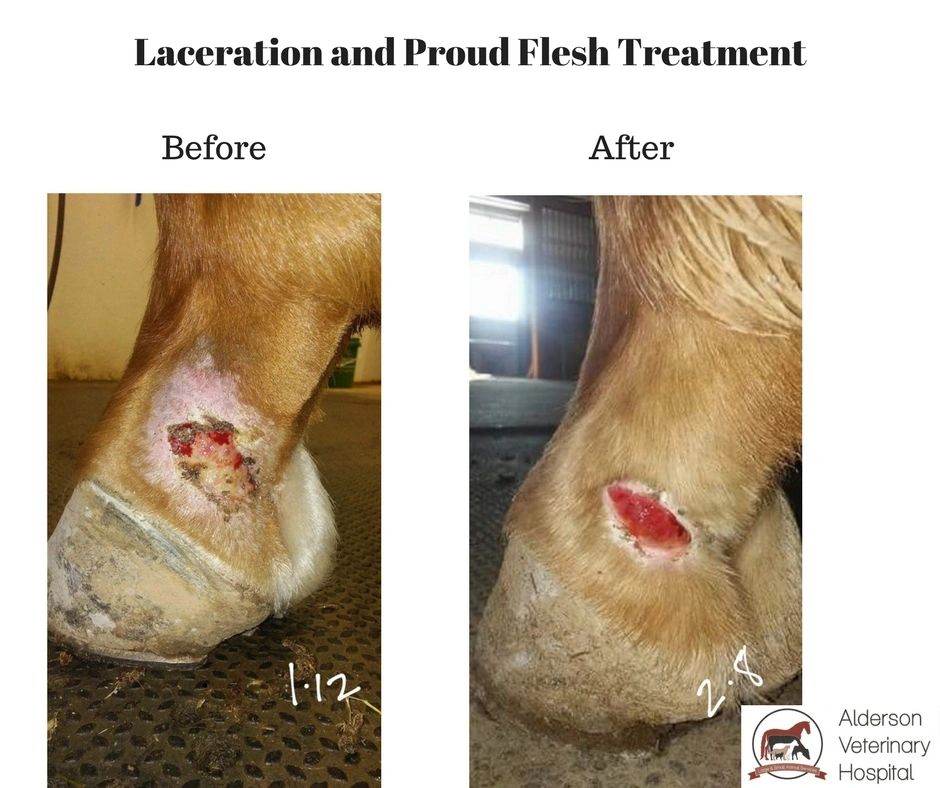Discover the Remarkable Advantages of Equine Therapy for Emotional Healing
Discover the Remarkable Advantages of Equine Therapy for Emotional Healing
Blog Article
Evaluating the Performance of Laser Treatment in Horse Treatment for Injury Rehabilitation
The analysis of laser therapy's effectiveness in equine injury rehab rests on several elements, including recovery time, discomfort mitigation, and tissue regeneration. Scientific researches suggest noteworthy enhancements in problems like tendonitis and osteo arthritis, credited to enhanced cellular function and raised ATP production. Vets regularly observe premium outcomes with laser treatment compared to traditional methods, positioning it as a crucial element in equine treatment. The requirement for constant surveillance and customized therapy strategies can not be overstated. What specific scientific proof sustains these cases, and just how do veterinarians apply these procedures in practice?
Comprehending Laser Treatment
Laser treatment has become a pivotal tool in vet medicine, specifically in the treatment of equine problems. Known for its non-invasive nature and efficiency, laser treatment entails the application of specific wavelengths of light to promote cells fixing and lower swelling. This therapeutic technique is progressively preferred for its ability to increase the healing procedure in equines struggling with a selection of musculoskeletal injuries and persistent conditions.
The key mechanism behind laser therapy is its ability to improve mobile functions. In addition, laser treatment promotes vasodilation, boosting blood flow and oxygen distribution to damaged cells, therefore quickening recuperation.
In equine medicine, laser treatment is specifically advantageous for problems such as tendonitis, osteoarthritis, and wound recovery. The method is lauded for its pain-relieving buildings, enabling equines to regain flexibility and feature extra rapidly. Vets additionally value its very little side effects contrasted to various other treatment methods, making it a reliable and safe option for equine care.

Just How Laser Therapy Works

Upon absorption, these photons activate a collection of biochemical changes, boosting mitochondrial feature and leading to boosted adenosine triphosphate (ATP) manufacturing. This rise in ATP speeds up cellular metabolism, advertising cells repair work and regrowth. In addition, laser treatment regulates inflammatory actions by affecting cytokine degrees and decreasing oxidative anxiety, thus easing discomfort and swelling.
Another significant element of laser therapy is its function in improving microcirculation. The therapy promotes vasodilation, boosting blood circulation and oxygen distribution to damaged tissues (Equine Therapy). This facilitates the removal of cellular debris and supports the proliferation of fibroblasts and collagen synthesis, important for wound healing
Clinical Evidence
The efficacy of laser therapy in equine treatment has been substantiated with numerous medical researches, showcasing its therapeutic prospective throughout a range of conditions. Numerous regulated tests and observational research studies have actually documented considerable improvements in tissue fixing, pain reduction, and total rehabilitation timelines. A study conducted by Turner et al. (2012) showed that steeds treated with low-level laser treatment (LLLT) for ligament injuries showed increased recovery contrasted to those obtaining standard therapies. The research study highlighted a significant see this site decrease in swelling and improved collagen formation.
Similarly, research by Johnson and associates (2015) focused on equine muscular tissue injuries, exposing that laser therapy dramatically sped up muscle fiber regeneration and reduced muscle mass stiffness. Scientific assessments have actually revealed that laser therapy can relieve chronic problems such as osteoarthritis.
Vet Insights

Veterinarians also value the versatility of laser therapy. It can be utilized for a wide variety of problems, from superficial injuries to deeper bone and joint injuries. Dr. Emily Brown highlights its energy in treating conditions like tendonitis and osteoarthritis, where standard therapies often fall short. She mentions that laser therapy can be customized to the specific needs of each visit this site equine, making sure optimum end results.
Furthermore, vets value the capacity to integrate laser treatment with various other treatment modalities. This multimodal approach can boost total therapy efficiency, giving a comprehensive remedy for equine rehab. Such endorsements from seasoned professionals emphasize the expanding approval and application of laser therapy in equine medicine.
Practical Factors To Consider
A crucial element of executing laser treatment in equine therapy includes understanding the practical factors to consider that ensure its efficacy and safety. First and foremost, it is crucial to pick the proper laser device, as various kinds differ in wavelength, power, and infiltration deepness. Equine Therapy. Vets should be well-versed in these criteria to tailor treatment protocols properly to every injury kind
Additionally, the frequency and period of laser therapy sessions require cautious preparation to optimize therapeutic advantages while decreasing any type of possible damaging results. Constant surveillance of Read Full Report the horse's feedback to therapy can direct necessary changes in the therapy routine. Establishing a risk-free and controlled atmosphere during treatments is additionally vital to protect against unexpected exposure to laser discharges, which might damage both the steed and the trainer.
Training and certification of personnel administering laser therapy are vital to make certain proper technique and to copyright safety standards. Furthermore, preserving exact documents of each session, including laser setups and observed results, is crucial for reviewing the total performance of the therapy and for making data-driven choices.
Final Thought
Laser therapy has actually emerged as a reliable technique in equine injury rehabilitation, supplying considerable benefits in recuperation time, pain alleviation, and tissue recovery. For optimal outcomes, constant surveillance and personalized treatment procedures remain crucial in leveraging the full possibility of laser therapy in equine treatment.
Report this page